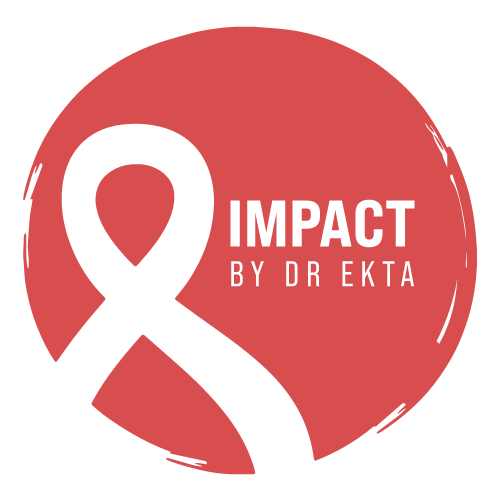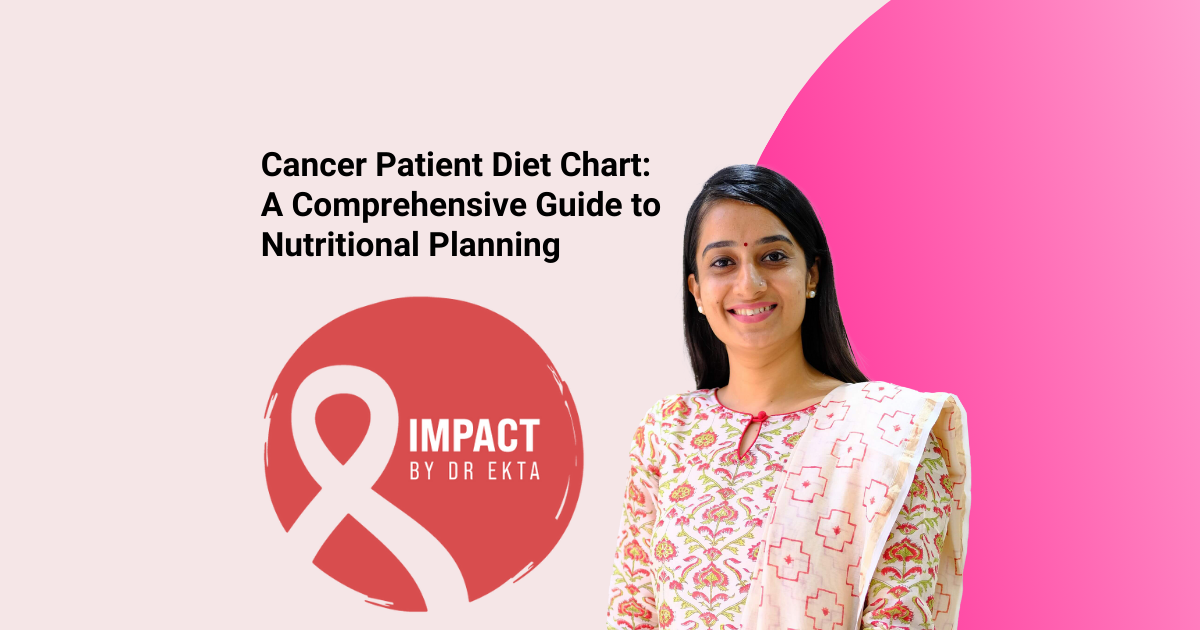As an oncologist, one of the most frequent questions I receive from my patients and their families is about diet and nutrition during cancer treatment. A well-planned diet is crucial for supporting the body’s needs, enhancing treatment effectiveness, and improving overall quality of life. In this blog, I will provide a comprehensive guide to creating a cancer patient diet chart, highlighting its importance, key components, and practical tips for meal planning.
Why Nutrition Matters for Cancer Patients
Cancer and its treatments, such as chemotherapy, radiation, and surgery, place a significant strain on the body. Proper nutrition helps in several ways:
- Maintaining Strength and Energy: Cancer treatments can lead to fatigue and weakness. A balanced diet provides the necessary nutrients to maintain energy levels and muscle strength.
- Supporting the Immune System: The immune system plays a crucial role in fighting cancer and preventing infections. Nutrient-rich foods help strengthen the immune system.
- Managing Side Effects: Certain foods can help alleviate side effects like nausea, loss of appetite, and digestive issues.
- Promoting Healing and Recovery: Proper nutrition aids in the healing of tissues and recovery from surgery or other treatments.
- Improving Quality of Life: A well-planned diet can enhance the overall well-being and quality of life for cancer patients.
Given these benefits, creating a cancer patient diet chart is essential for effective nutritional planning.
Key Components of a Cancer Patient Diet Chart
A cancer patient diet chart should be tailored to the individual’s specific needs, treatment plan, and overall health. Here are the key components that should be included:
1. High-Protein Foods
Protein is essential for repairing tissues, maintaining muscle mass, and supporting the immune system. Cancer patients often require more protein than usual to counteract the effects of treatment.
Sources of Protein:
- Lean meats such as chicken, turkey, and fish
- Eggs
- Dairy products like milk, yogurt, and cheese
- Plant-based options like beans, lentils, tofu, and nuts
Diet Chart Example: Include a serving of lean meat or plant-based protein at every meal. For example, breakfast could include eggs, lunch could feature grilled chicken or tofu, and dinner might include fish or legumes.
2. Whole Grains and Complex Carbohydrates
Carbohydrates provide the body with energy, which is particularly important during treatment. Whole grains and complex carbohydrates are preferred because they offer sustained energy and are rich in fiber.
Sources of Whole Grains:
- Whole wheat bread and pasta
- Brown rice
- Quinoa
- Oats
- Barley
Diet Chart Example: Incorporate whole grains into each meal. A cancer patient diet chart might include oatmeal for breakfast, a quinoa salad for lunch, and brown rice with dinner.
3. Fruits and Vegetables
Fruits and vegetables are packed with vitamins, minerals, antioxidants, and fiber, all of which are essential for a cancer patient’s diet. They help in detoxifying the body, supporting the immune system, and providing essential nutrients.
Tips for Including Fruits and Vegetables:
- Aim for a variety of colors to ensure a wide range of nutrients.
- Choose fruits and vegetables that are easy to digest if the patient has digestive issues.
- Consider cooked or blended options if raw vegetables are difficult to tolerate.
Diet Chart Example: Include a variety of fruits and vegetables throughout the day. For example, have a fruit smoothie for breakfast, a mixed vegetable soup for lunch, and steamed vegetables with dinner.
4. Healthy Fats
Healthy fats are important for providing energy, supporting cell function, and reducing inflammation. Incorporating the right types of fats into a cancer patient diet chart is crucial.
Sources of Healthy Fats:
- Avocados
- Olive oil
- Nuts and seeds
- Fatty fish like salmon and mackerel
- Flaxseed and chia seeds
Diet Chart Example: Add healthy fats to meals and snacks. A cancer patient diet chart might include avocado on toast for breakfast, a salad with olive oil dressing for lunch, and a serving of salmon for dinner.
5. Hydration
Staying hydrated is essential, especially during cancer treatment. Adequate fluid intake helps to manage side effects, maintain energy levels, and support overall health.
Tips for Hydration:
- Water is the best option, but herbal teas, clear broths, and diluted fruit juices can also contribute to hydration.
- Aim for at least 8-10 glasses of fluids a day, unless otherwise directed by a healthcare provider.
Diet Chart Example: Encourage drinking fluids throughout the day, with a focus on water. Include herbal tea in the morning, water with meals, and clear broth or diluted juice as snacks.
6. Small, Frequent Meals
Cancer treatments can affect appetite and make it difficult to consume large meals. Small, frequent meals can help ensure that the patient receives adequate nutrition without feeling overwhelmed.
Diet Chart Example: Plan for 5-6 small meals or snacks throughout the day. For instance, a cancer patient diet chart might include a mid-morning snack of yogurt and fruit, a small lunch, an afternoon snack of nuts or a smoothie, and a light dinner.
Special Considerations in a Cancer Patient Diet Chart
While the above components form the foundation of a cancer patient diet chart, there are several special considerations to keep in mind:
1. Managing Side Effects
- Nausea: Ginger tea, dry crackers, and small, bland meals can help manage nausea.
- Loss of Appetite: Nutrient-dense snacks and smoothies can provide calories and nutrients in smaller portions.
- Mouth Sores: Soft, non-acidic foods like mashed potatoes, smoothies, and yogurt can be easier to eat.
2. Addressing Weight Loss or Gain
- Weight Loss: Include high-calorie, nutrient-dense foods like nuts, avocados, and whole-fat dairy products.
- Weight Gain: Focus on low-calorie, nutrient-rich foods like vegetables, lean proteins, and whole grains.
3. Specific Dietary Restrictions
Certain cancer treatments or underlying health conditions may require dietary restrictions, such as low-sodium or low-sugar diets. Always tailor the cancer patient diet chart to meet these specific needs.
Practical Tips for Implementing a Cancer Patient Diet Chart
Creating a cancer patient diet chart is just the first step; implementing it effectively requires careful planning and support. Here are some practical tips:
1. Meal Planning and Preparation
- Plan Ahead: Create a weekly meal plan based on the cancer patient diet chart. This makes it easier to ensure a balanced diet and reduces the stress of daily meal decisions.
- Prepare in Advance: Batch-cook meals that can be easily reheated, or prepare ingredients in advance to save time and energy.
- Use Support Systems: Involve family members, friends, or caregivers in meal preparation to share the workload.
2. Incorporating Nutritional Supplements
In some cases, nutritional supplements may be recommended to fill in gaps in the diet. Always consult with a healthcare provider before adding supplements to ensure they are safe and appropriate.
3. Listening to the Body
Cancer patients should listen to their bodies and adjust their diet based on how they feel. If a particular food or meal isn’t well-tolerated, it’s okay to make changes.
Conclusion
Creating a cancer patient diet chart is an essential part of comprehensive care for individuals undergoing cancer treatment. By focusing on high-protein foods, whole grains, fruits and vegetables, healthy fats, and adequate hydration, we can support the body’s needs and improve overall well-being.
As an oncologist, my goal is to empower my patients with the knowledge and tools they need to navigate their treatment journey. A well-planned cancer patient diet chart can make a significant difference in managing side effects, maintaining strength, and enhancing quality of life during this challenging time.

